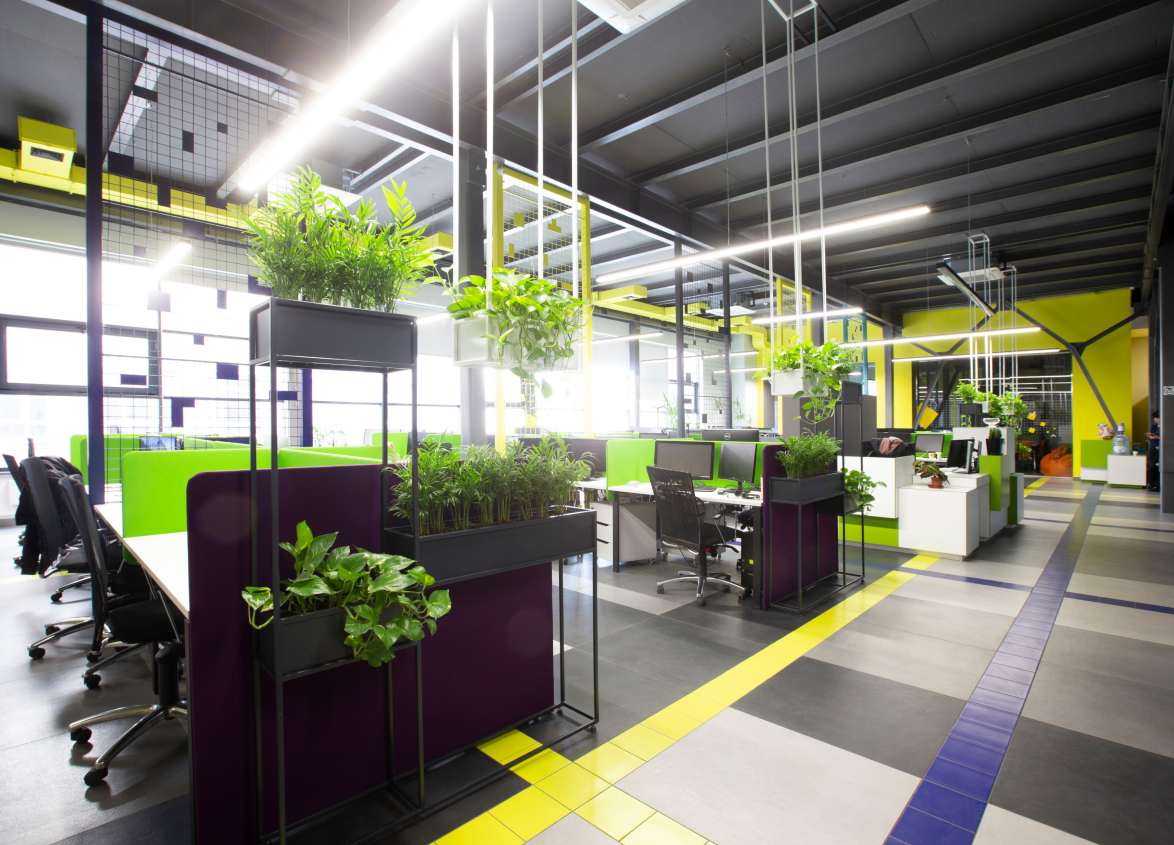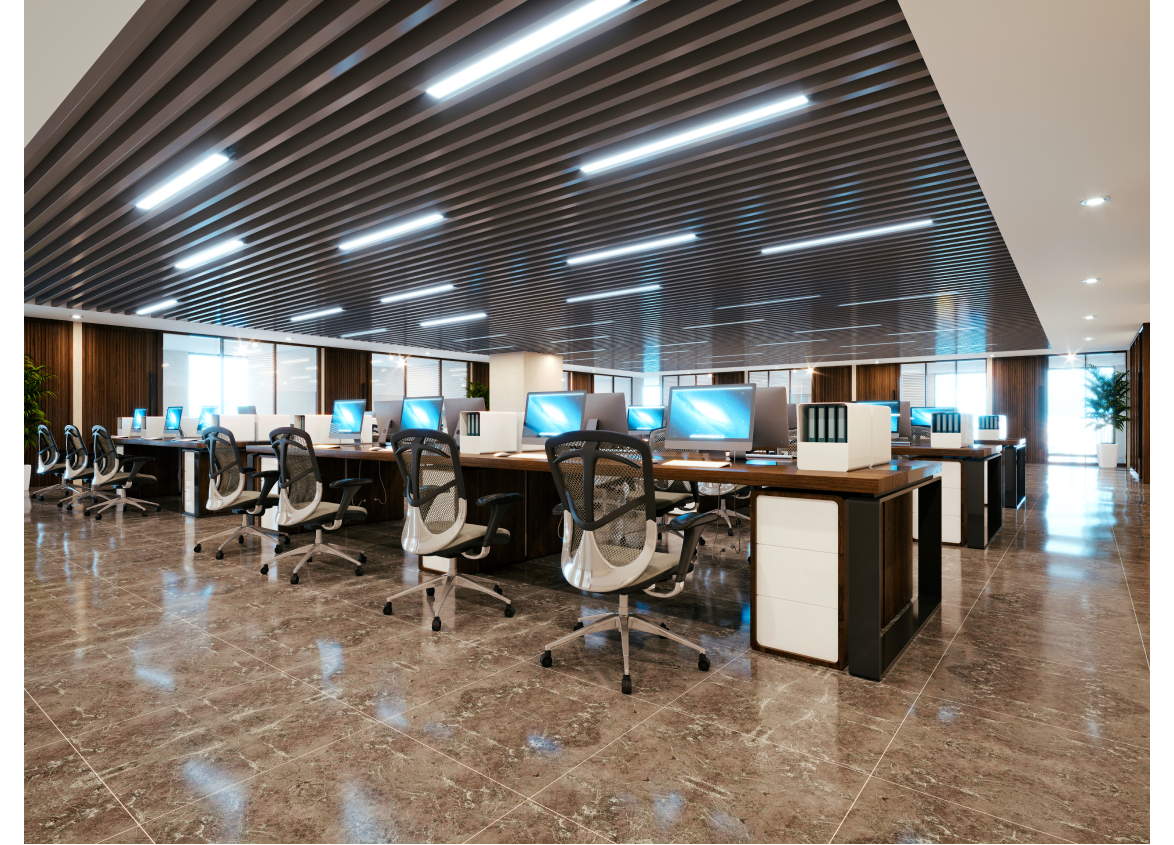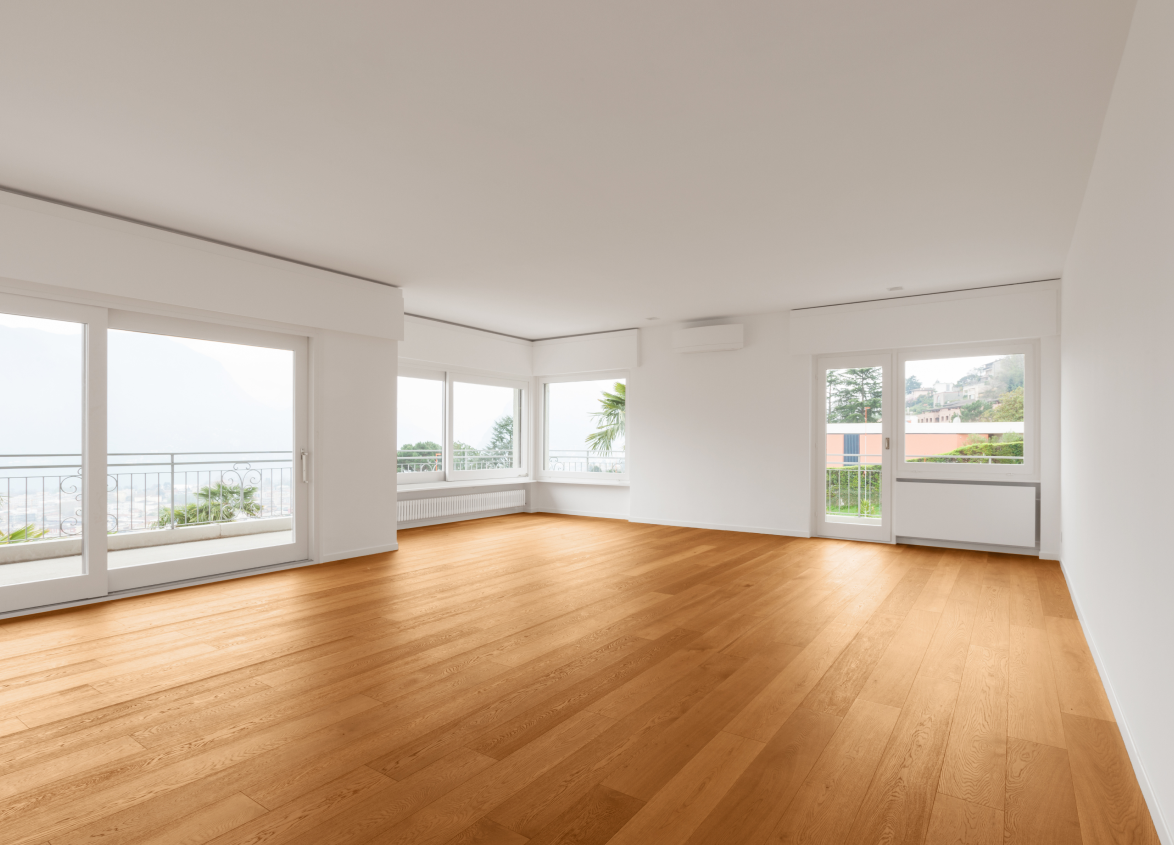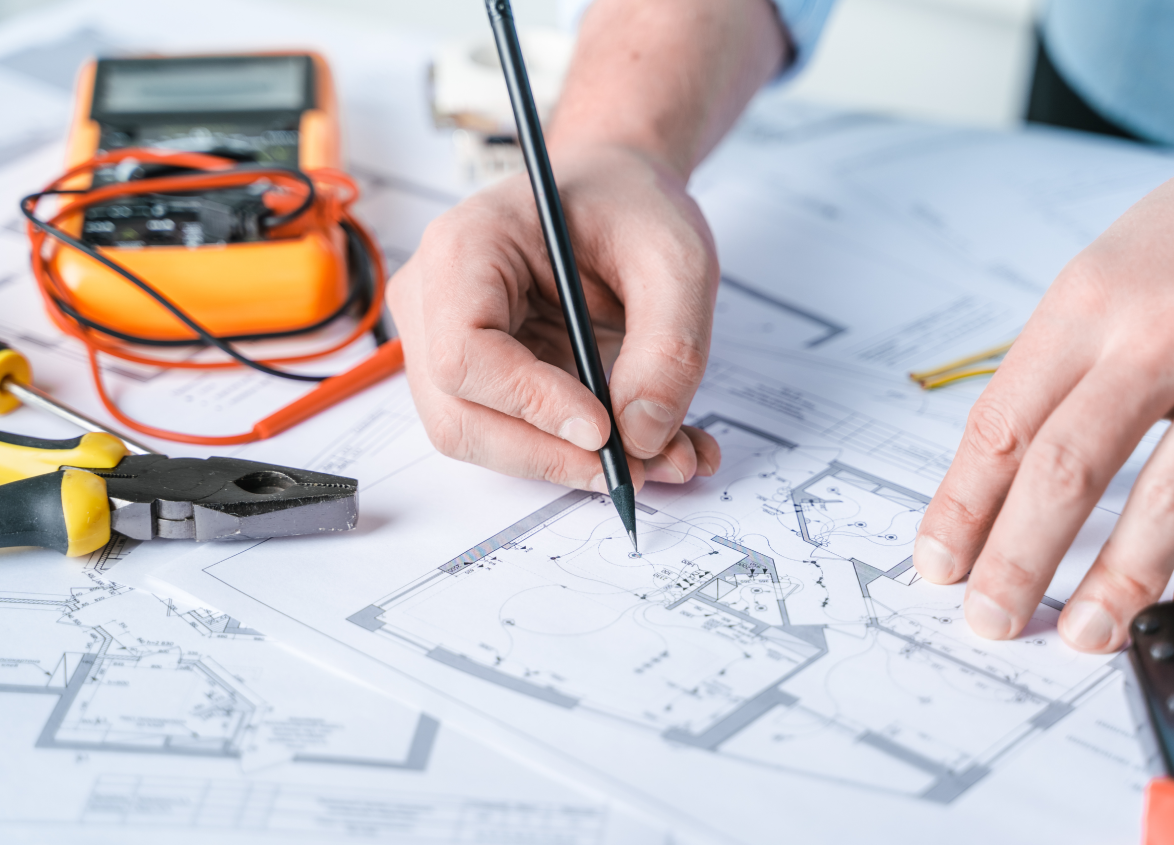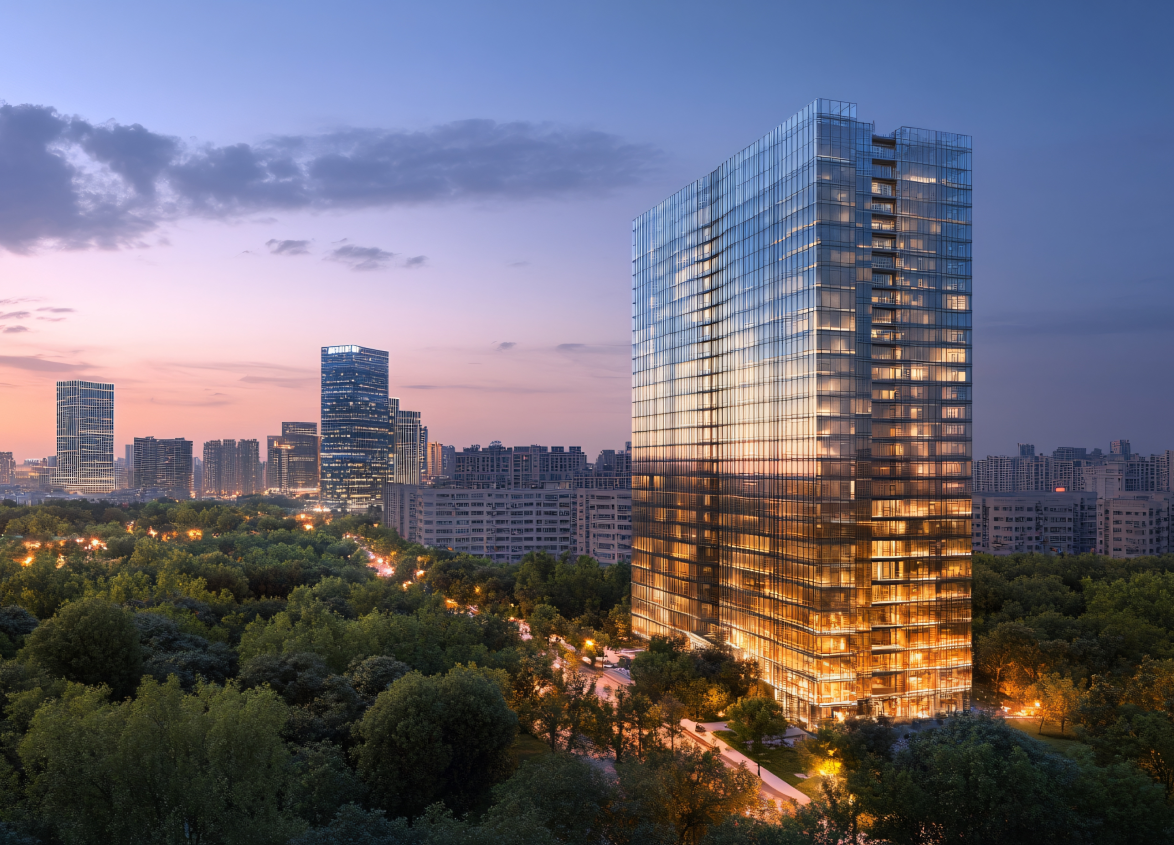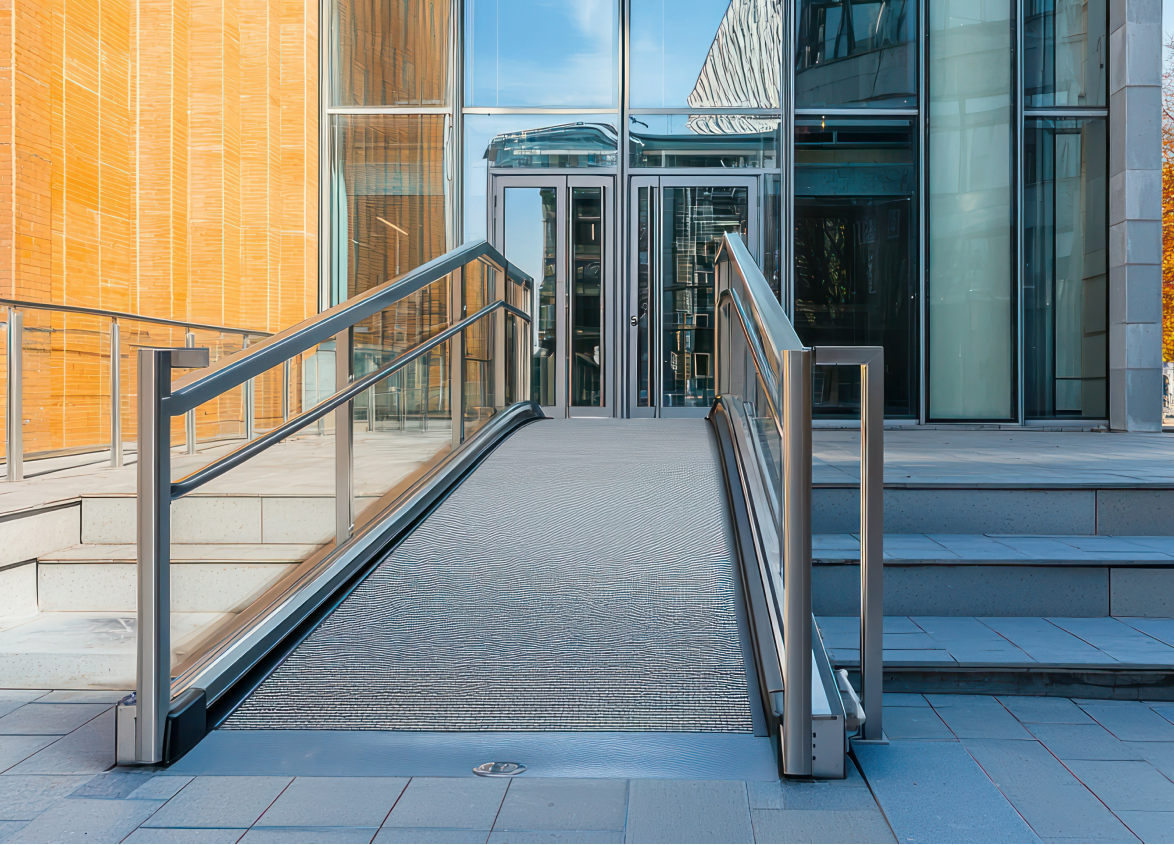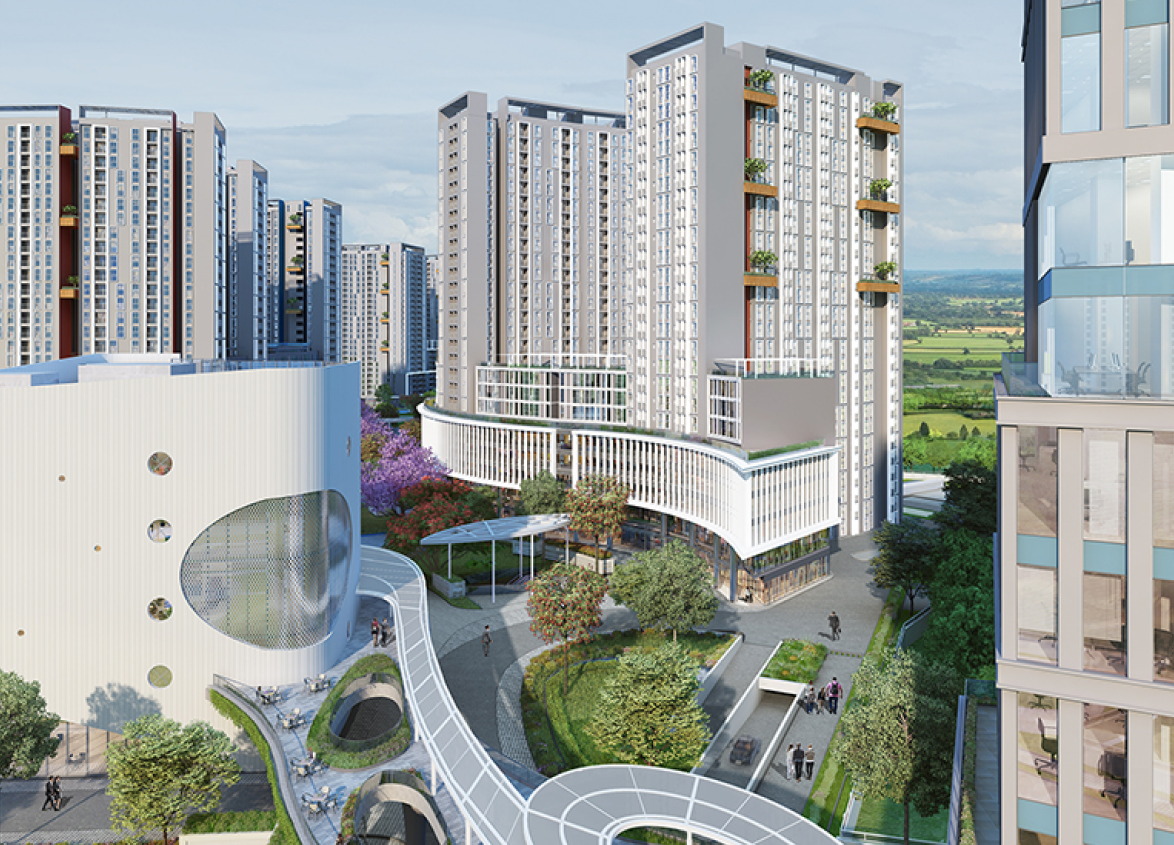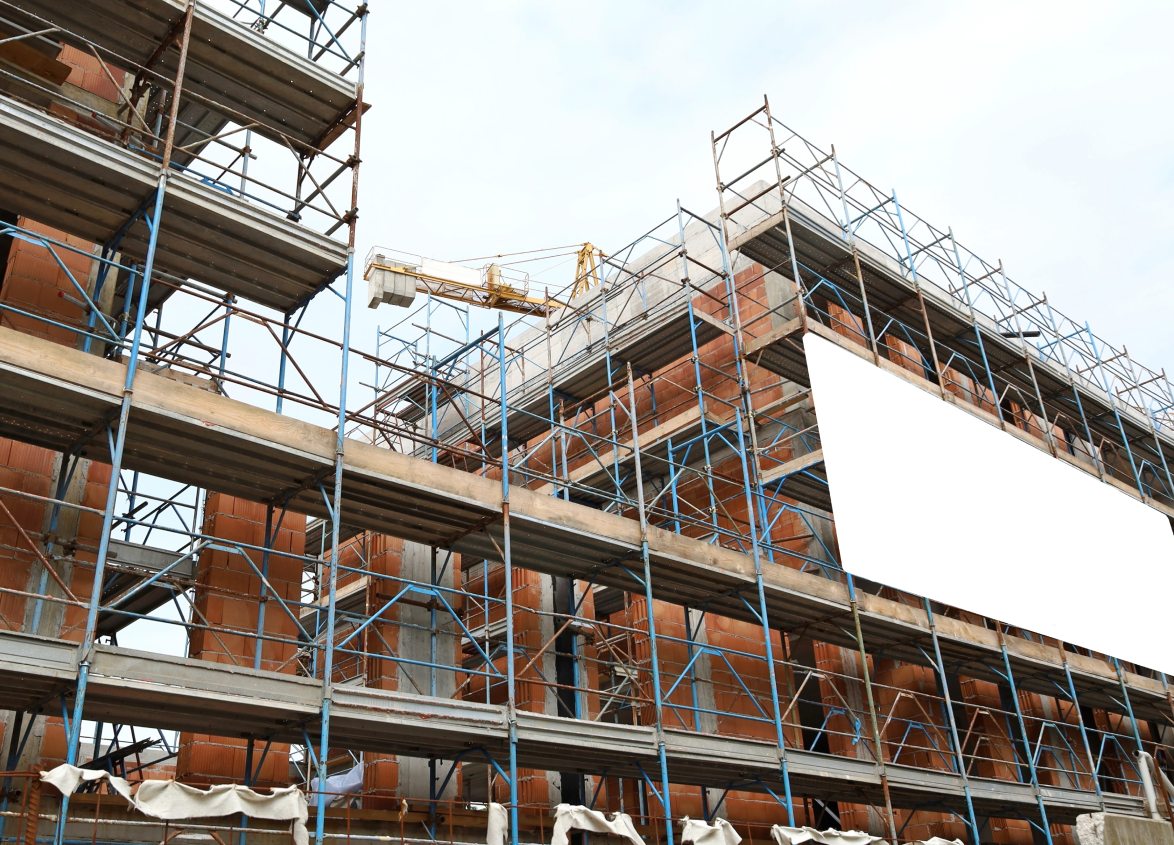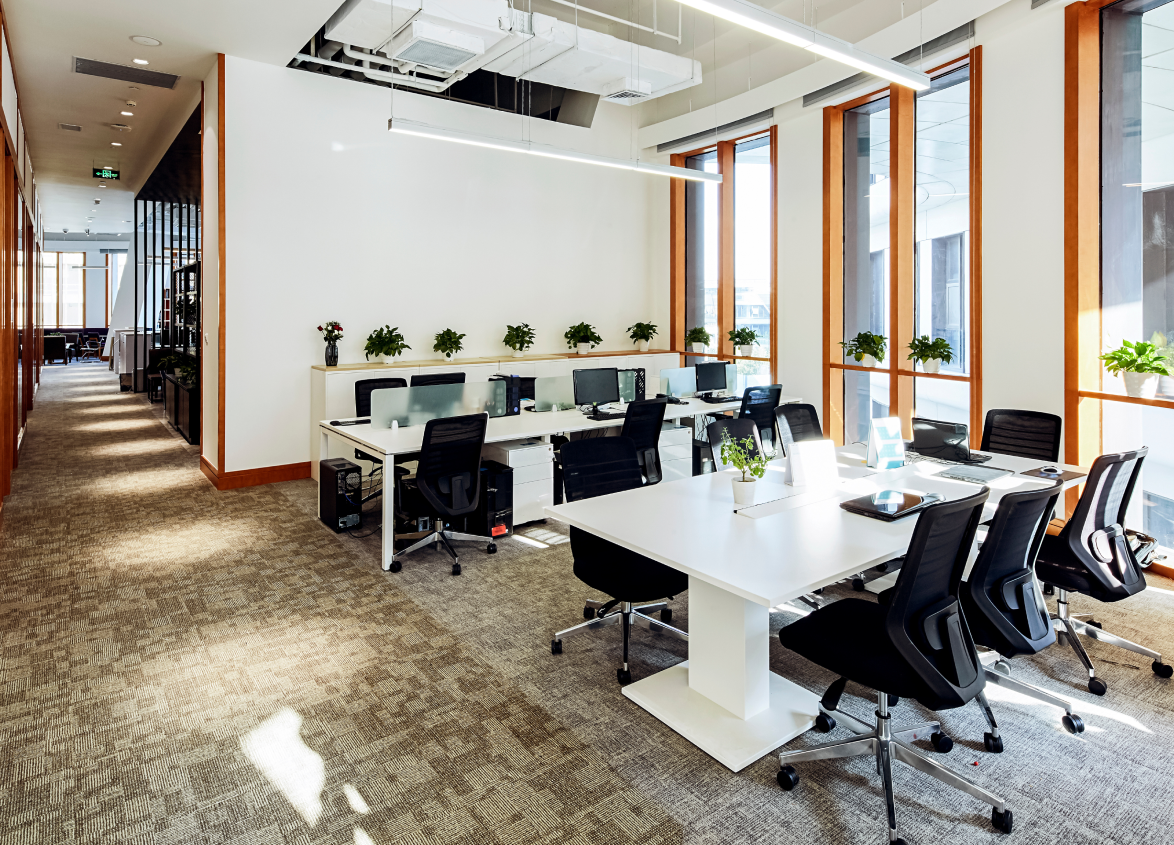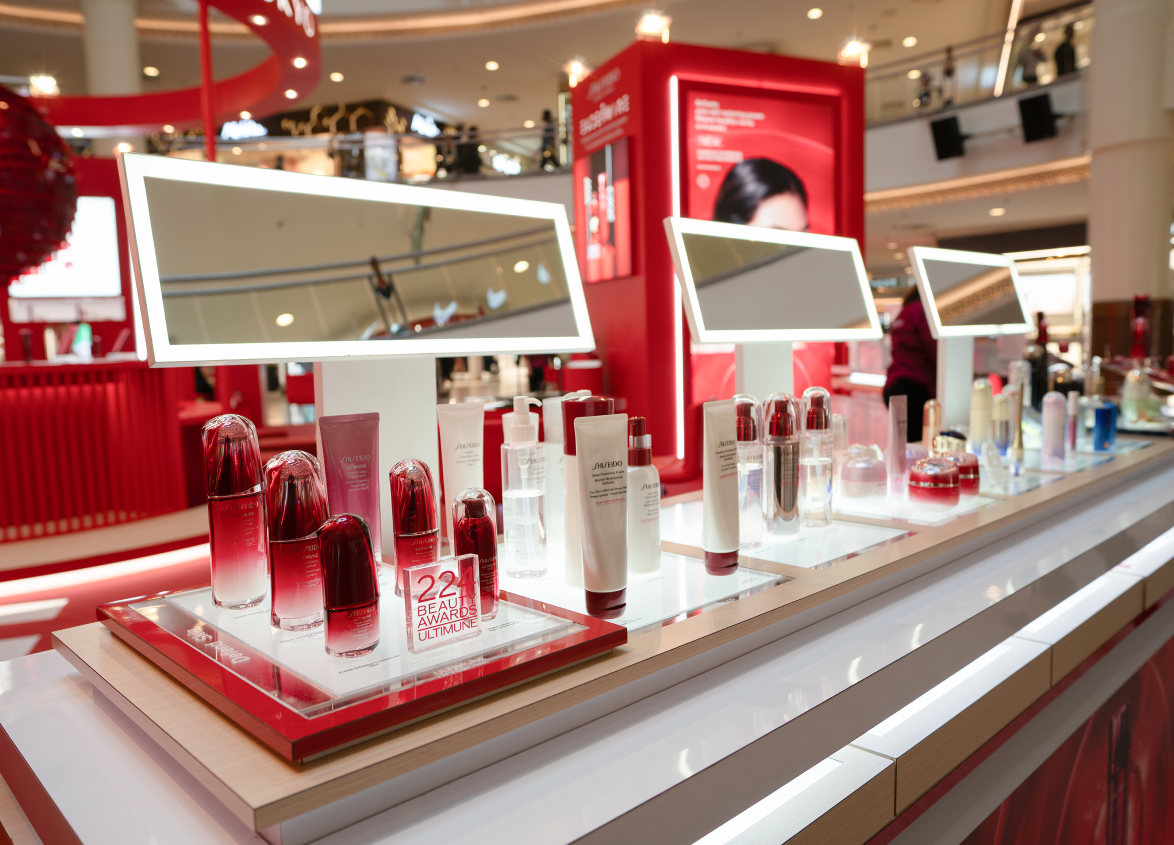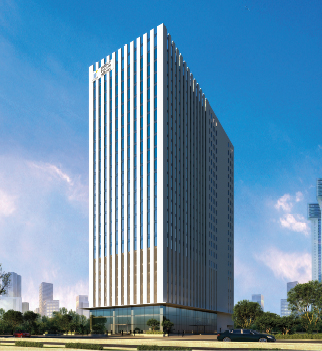
Commercial
Bare Shell vs Warm Shell: Which Office Space is Right for You?
February 11, 2025
Understanding the Basics of Office Spaces
Do you need an office space and are on the lookout for purchasing a commercial property?
Choosing a location for your company offices is a critical strategic management decision for your enterprise's operations, costs and growth. Given the many commercial real estate options available in the market today, it has been necessary to explain and differentiate between Bare Shell and Warm Shell Offices.
Each option has advantages and disadvantages, depending on your business. Let's find the better choice that can enhance decision-making and assist you in making the best decision.
What is a Bare Shell Office?
A bare-shell office is the most elementary form of commercial property. It is, as if a shell, offering physical infrastructure in the form of buildings but with nothing inside regarding offices, amenities, utilities, etc.
Typically, a bare-shell office includes:
- Cement layout without tiles or carpets.
- Partial work, including welding, plastering, or even painting.
- No electrical, plumbing, or HVAC (heating, ventilation, and air conditioning) systems.
- Absence of lighting fixtures or partitions.
Thus, choosing a bare-shell property provides total freedom to make all or some decisions about your office space. From the interior layout of the workstation to the decorations, you can design a place that meets your corporate image and organisational needs.
However, converting the premises into a viable workspace requires considerable time, energy and money.
What is a Warm Shell Office?
A warm shell office space is an advancement of a bare shell. The building has additional features that partially complete the office space, including some fittings. These are intended to fill the gap between fit-out offices and shells, providing a level of readiness.
Features of a warm shell property typically include:
- Finished floor, cased or carpeted.
- Painted or plastered walls, ready for minor decorative touches.
- Installed basic electrical, plumbing and HVAC systems.
- Lighting fixtures and sometimes even ceiling panels.
When selecting a warm shell office, you can save much time during setup. You get more predetermined structures, where you have only a little scope for changes. The best part? This means the major construction work is already done, and you can move in quickly and with little or no stress.
How Warm Shell Differs from Bare Shell Spaces
The structure's completion level is the most common difference between bare-shell and warm-shell offices. Choosing the right commercial property makes all the difference. Here are some of the major factors that distinguish these types of properties:
| Aspect | Bare Shell Office | Warm Shell Office |
|---|---|---|
| Definition | Basic structural framework without finishes | Partially finished office with essential fittings |
| Initial Cost | Lower | Higher |
| Setup Time | Longer | Shorter |
| Customisation | High | Limited |
| Readiness | Requires extensive work | Ready for minor modifications |
| Features | Bare flooring, walls, no systems installed | Flooring, painted walls, basic systems installed |
Advantages and Disadvantages of Bare Shell Offices
Pros
- Complete Design Flexibility: Tenants are free to organise the internal office space, internal finishes and decoration to best suit the company's brand image and function.
- Potential Cost Savings in the Long Term: A specialised structure may eliminate constant maintenance or operation costs, as systems are usually established based on specific requirements only.
- Scalability: A perfect choice for companies that hope to grow incrementally, the structure can be modified as needed since installed amenities do not limit its expansion.
- Higher Resale/Lease Value: Once developed, its market value may be higher, or it may receive better rental returns due to the efficiency of the design. It can be designed based on the modern office workspace.
Cons
- Extended Setup Time: Constructing and customising can take quite some time, meaning you might have to wait a while to move in.
- Higher Initial Effort: Coordinating architects, contractors and suppliers can be quite a challenge, particularly for those companies with little knowledge or experience in property development. You might need to hire experts to take over the project.
- Uncertainty in Budgeting: Customisation is expensive because you must deal with additional costs arising during delays or changes. You can never pinpoint the exact amount of time this project will require.
- Requires Expertise: The management needs to be very strategic and have the necessary experience to ensure that the space is efficient, beautiful and compliant with regulations.
Advantages and Disadvantages of Warm Shell Offices
Pros
- Quicker Occupancy: Some of the necessities such as the HVAC, lighting and flooring are already integrated into the ready, warm shell spaces hence making moving in easier. This makes ready spaces ideal when organisations require areas for use at short notice.
- Predictable Costs: The cost of installation is well-known and predetermined. Therefore, no hidden costs are expected during the initial stages of the project.
- Convenience for Tenants: Integrated systems help to avoid the use of different contractors for basic services, which is rather unproductive.
- Sustainability Options: Contemporary warm shell offices also come with green aspects such as electricity and heating ventilation and air conditioning systems making organisations to have a competitive edge in as far as sustainability is concerned.
Cons
- Limited Design Flexibility: The current installations and infrastructure can greatly limit the ability of tenants to arrange the premises to their preference.
- Higher Initial Investment: A warm shell office is usually more expensive than a bare shell office since the former comes with some fit-out features.
- Generic Layouts: The pre-installed systems may not be able to meet the specific requirements of a business. They might often need further deformation or certain sacrifices.
- Dependency on Developers: Tenants depend on the quality of installation done by the developer which may not be up to the expectation.
Which Office Space is Right for Your Business?
Bare shell and warm shell offices have different characteristics, so you must determine which is most suitable for you. Both of these commercial properties have different purposes. To make it easier for you, here is everything you must consider:
- Budget: Bare shell offices often require a higher initial investment, whereas warm shell offices offer predictable costs.
- Timeframe: If you need to move in quickly, a warm shell office is better.
- Customisation Needs: Businesses that have certain specifications about building design and construction may be well-advantaged by a bare-shell building.
- Long-Term Plans: Think about the future scalability and your possible future opportunities as a business.
Conclusion
Both bare-shell and warm-shell offices have their strong points as well as weaknesses. The question remains: What suits you? Your choice should favour what you intend to achieve from your business, your financial capacity and your business's working model. After going through the blog, you are now in a better position to choose the right office space for your company.
Try to get as much time as possible before finally settling down on which type of office space you want. After considering your budget and business requirements, you will be able to come up with the right decision, which will surely help you and your business in the long run.
MUST READ
Looking for something specific?
We'd be delighted to help you.






